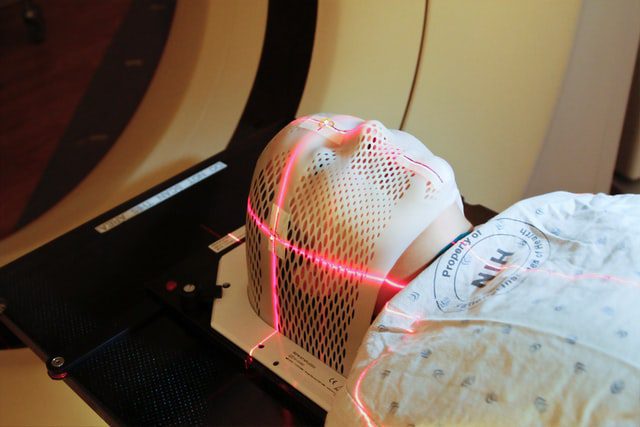Follow ALARA Principles to Maintain Your Radiation Safety
ALARA is just an abbreviation for “As Low As Reasonably Achievable” in radiological protection. The ALARA radiological protection concept is focused on the use of all “reasonable techniques” to reduce radiation levels and restrict the emission of radioactive elements into the atmosphere.
ALARA may be a good radiation safety idea, but this is also a legal necessity for all “radiation protection measures.” The ALARA concept is an essential component of any operations that include the use of radiation or radioactive materials, and it may assist minimize both unneeded and overexposure. Time, distance, and shielding are the three key factors that can help keep dosages “As Low As Reasonably Achievable.”
How to reduce the external radiation?
Timing
Reduced exposure duration can directly lower radiation dosage. The overall level of radiation received in relation to its biochemical effect is referred to as the dose level. The pace at which radioactivity is ingested is referred to as the dose amount. Your radiation dosage will be reduced if you restrict the amount of duration you are exposed to radiation.
Distance
By increasing your distance from the radioactive generator, you will lower your intake by the reciprocal of the range. Increasing the space between your physique and the radioactive emitter by a proportion of four reduces your radiation absorption.
Shielding
Shielding with lead or lead equivalent for X-rays and gamma rays is an efficient approach to limit radiation exposure. Shielding devices used to reduce radiation exposure include x-ray gloves, lead aprons, mobile lead shields, lead glasses, and lead barriers. It is critical to employ protection whenever feasible when operating in radiation locations.
To reduce the danger of scatter beam radiation exposure during fluoroscopy, cardiac cath lab, and electrophysiology lab operations, radiation-resistant gloves are frequently worn. The x-ray passes through the body, making contact with interior structures each time a picture is obtained. Multiple photographs are required for these treatments to be successful; however, the harmful effects of scatter beam radiation exposure on the physicians and assistants can be mitigated by the use of radiation gloves.
How to reduce the internal radiation?
Good hygiene
Good sanitation and housekeeping practices successfully mitigate the internal radiation dangers posed by radionuclides. The danger of internal radiation exposure is decreased by minimizing the presence of food and drink in places where radioactive materials are handled or kept, as well as regulating “hand to mouth” practices.
Contamination control
Labeling radioactive and possibly radioactive sites and goods will aid in the prevention of contamination spread. Contamination must be controlled using absorbent sheets and spill trays, and any contaminated object must be placed in a properly labeled garbage receptacle. When contamination occurs, it is critical to disinfect the area as soon as possible to prevent the contamination from spreading.
Air hazards
Using fume hoods and preventing the creation of dust, aerosols, or volatile gases might limit the possibility of inhaling radioactive chemicals.
Use proper protective gear
Using suitable personal protective equipment (PPE) such as disposable gloves, safety glasses, lab coats, and so on will help decrease the potential of radioactive material ingestion or absorption.
The Occupational Safety and Health Administration (OSHA) defines PPE as “specific clothing or equipment used by an employee for protection against infectious materials.” OSHA standards demand the use of personal protective equipment (PPE) in healthcare settings to safeguard healthcare staff from bloodborne infections and Mycobacterium tuberculosis. Employers are required by OSHA to supply their employees with suitable PPE while also ensuring that the PPE is properly disposed of if disposable, cleaned or washed, mended, and stored after each use.
The type of PPE employed depends depend on the number of precautions necessary, such as standard and contact, droplet, or airborne infection isolation. When choosing PPE, three factors must be considered: the type of exposure predicted, the durability and suitability for the work, and the fit. To protect yourself and minimize the spread of contamination, always employ safe work techniques. Policies may differ by the facility; for further information, please contact the relevant department director at your facility.
Final thoughts
It is critical to understand how to safeguard your medical personnel and patients when working with high-frequency radiation, as well as measures to decrease radiation exposure. To properly apply the ALARA principles, a collaborative effort is required. ALARA should be a routine part of your job in radiology.







